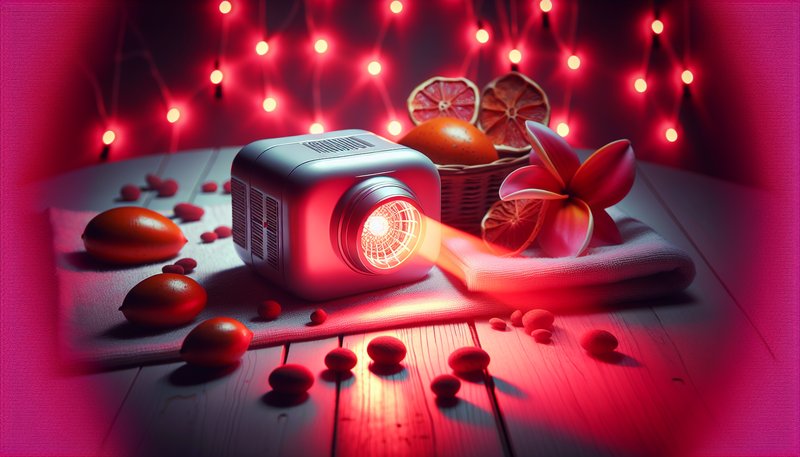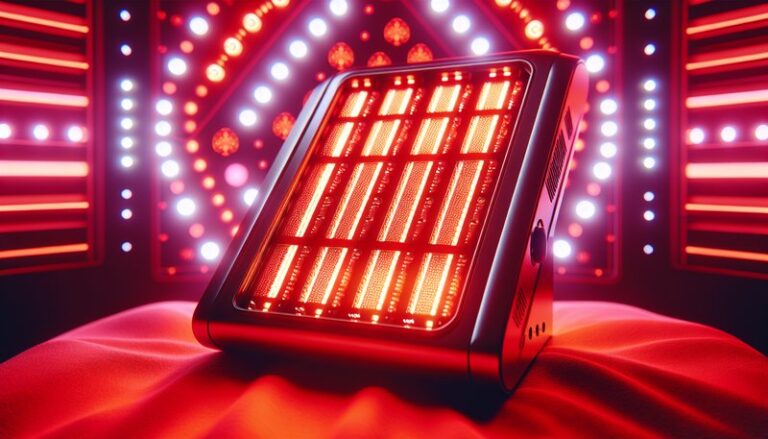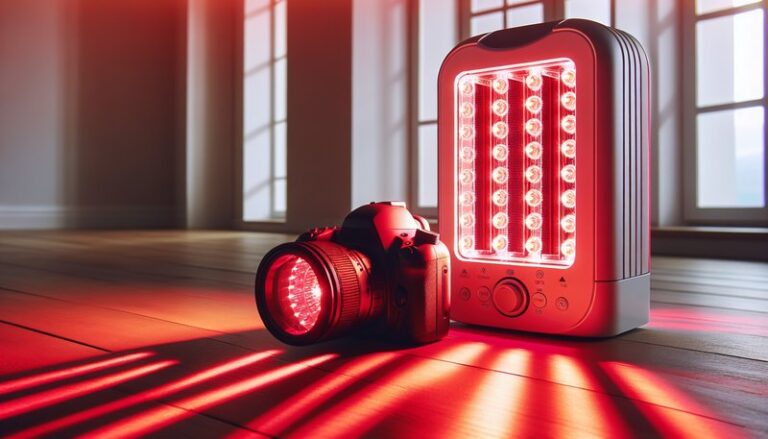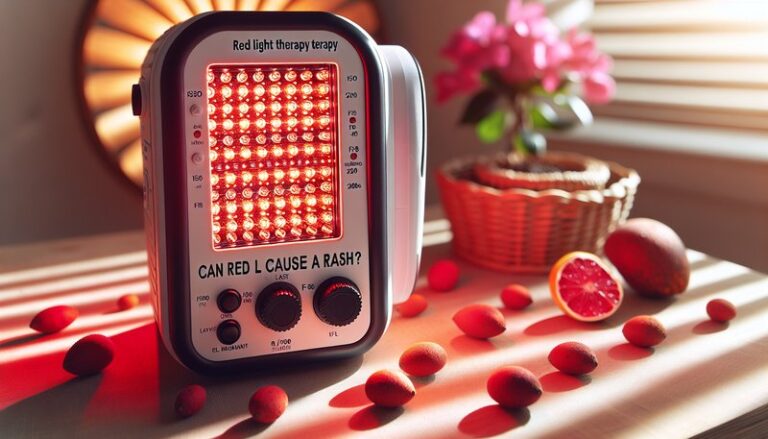Does Red Light Therapy Kill Fungus?
Are you curious about the potential of red light therapy in combating fungal infections?
This article explores the intriguing connection between red light therapy and fungus management. We will delve into what red light therapy is, the benefits it may offer, and whether it can effectively eliminate fungal infections. Additionally, we’ll discuss considerations and alternatives, helping you make informed decisions about using red light therapy in your health regimen.
Key Takeaways
- Red light therapy utilizes wavelengths of light to stimulate healing processes in the body, which may include combating fungal infections.
- While some studies suggest red light therapy can help reduce fungal growth, more research is needed to establish its effectiveness as a standalone treatment.
- Other concurrent treatments may offer enhanced results when combined with red light therapy.
What is Red Light Therapy?
Red light therapy (RLT) is a therapeutic technique that uses low-level wavelengths of red light to promote healing. It is often applied through LED devices or lasers targeted at specific areas of the skin. The primary principle behind RLT is photobiomodulation, a process where light energy is absorbed by cells, stimulating various biological processes.
Historically used for skin rejuvenation and wound healing, RLT has expanded into areas like pain relief, inflammation reduction, and potentially, antifungal applications. The light penetrates the skin, reaching cells and enhancing their ability to repair and regenerate, which may create an inhospitable environment for fungi.
What are the Benefits of Red Light Therapy?
While research is still evolving, numerous potential benefits of red light therapy emerge, especially concerning skin health and regenerative aspects. Here’s what you should know:
Enhanced Healing Properties
RLT can accelerate tissue repair and wound healing through increased collagen production and blood circulation. This higher demand for nutrients might deter fungal infections due to improved skin integrity.
Anti-inflammatory Effects
Red light therapy may reduce inflammation, promoting faster recovery from skin issues. Lower inflammation levels can lead to reduced itching and irritation associated with fungal infections.
Potential Antifungal Effects
Some studies suggest that red light therapy can inhibit the growth of certain fungi. By creating an adverse environment for fungal proliferation, RLT may help in managing infections effectively.
Non-Invasive Nature
One major advantage of RLT is that it is a non-invasive treatment option with minimal side effects, making it suitable for a wide range of patients seeking alternative medical therapies.
Is it Possible to Use Red Light Therapy to Kill Fungus?
While the idea of using red light therapy to kill fungus is compelling, the reality is more nuanced. Preliminary studies indicate that red light may hinder fungal growth, but it is not a silver bullet for all types of fungal infections. Many fungal pathogens may not be significantly affected by light waves, particularly if they have adapted to survive such treatments.
What are the Advantages of Using Red Light Therapy for Fungus?
- Safe and Painless: RLT is generally safe, posing fewer risks than conventional antifungal medications, which can have significant side effects.
- Area Specific Application: RLT can be localized to targeted areas, efficiently addressing particular infections without systemic medication.
- Complementary Therapy: RLT can be combined with other antifungal treatments, potentially enhancing their effectiveness.
What are the Disadvantages of Using Red Light Therapy for Fungus?
- Limited Research: The body of research on RLT specifically for fungal infections is limited, leading to uncertainty about its efficacy.
- Not a Standalone Treatment: RLT should not replace conventional antifungal therapies but rather support existing treatments.
- Time Commitment: Regular sessions may be required for best results, which can be impractical for some individuals.
What are the Things to Consider Before Using Red Light Therapy for Fungus?
Before starting red light therapy to target fungal infections, several factors should be considered to optimize treatment outcomes.
Consultation with a Healthcare Provider
Always consult a qualified healthcare professional before beginning any new therapy. They can clarify whether RLT suits your specific situation and guide its integration with other treatments.
Device Quality
Ensure that the red light therapy device is of high quality and delivers the appropriate wavelengths. Low-quality devices may not provide effective results.
Treatment Frequency and Duration
Establish a consistent treatment schedule with defined sessions to maximize benefits. Research suggests that longer exposure times may yield better results.
Potential Skin Sensitivity
Individuals with sensitive skin or underlying skin conditions should exercise caution and consider preliminary testing to avoid adverse reactions.
What are the Alternatives to Red Light Therapy for Fungal Infections?
If red light therapy is not an ideal option, several alternative treatments effectively target fungal infections.
Antifungal Medications
Both topical and oral antifungal medications are widely used and proven to effectively eliminate fungal infections. They work by disrupting fungal cell membranes or inhibiting key fungal enzymes.
Read the detailed post on Benefit of Red Light Therapy?
Tea Tree Oil
Known for its antifungal properties, tea tree oil can be applied topically. Anecdotal evidence supports its ability to combat various skin fungi.
Vinegar Soaks
Soaking affected areas in diluted vinegar (acetic acid) may help kill fungi due to its antifungal properties. This option can be simple and cost-effective.
Probiotics
Emerging research indicates that probiotics can influence skin health and potentially help in balancing the skin microbiome, which may reduce fungal overgrowth.
Conclusion: Is it Recommended to Use Red Light Therapy for Fungus?
In summary, while red light therapy presents intriguing potential for addressing fungal infections, it should not be viewed as a definitive solution. The current body of research suggests it may exhibit some antifungal properties and can be a supportive treatment alongside traditional antifungal methods. Consulting healthcare professionals and considering individual health needs remain paramount.
For the full story, read Cost of Red Light Therapy Machine?
Frequently Asked Questions
Can red light therapy completely eliminate fungal infections?
Red light therapy may inhibit the growth of some fungi but is not guaranteed to eliminate infections entirely. It should be used in conjunction with established treatments.
How often should red light therapy be applied?
For best results, sessions should be performed consistently, often several times a week. Your healthcare provider can recommend an appropriate schedule.
Are there any side effects associated with red light therapy?
Generally, RLT is considered safe with minimal side effects. However, individuals may experience temporary redness or slight irritation at the treatment site.
Can I perform red light therapy at home?
Yes, many at-home devices are available; however, it is crucial to choose a high-quality device and consult with a healthcare provider regarding its use and efficacy.





